MPI shoots for modest target
Vietnam could reach an economic growth rate of 8.4 per cent this year, but considering land prices and other market factors, the Ministry of Planning and Investment has proposed a goal of 8.0 per cent for 2006 as part of its upcoming socio-economic plan.
This week, the government will report on the implementation of the 2005 socio-economic development plan and the plan for 2006 to the National Assembly. As usual, the economic growth index will top the list of concerns.
“If we reach 8.5 per cent growth this year, the 2001-2005 period would have averaged 7.5 per cent per year – as the National Assembly declared in its resolution,” said Vo Hong Phuc, Minister of Planning and Investment.
The growth rate has gradually risen from 6.9 per cent in 2001 to 7.1 per cent in 2002, 7.34 per cent in 2003 and 7.8 per cent in 2004. However, a high consumer price index (CPI) has corresponded with high growth.
“We need to choose between low stability and high growth,” Phuc said. “When we accept extreme growth, we also have to accept elevated inflation.”
When the government submitted the 2005 socio-economic development plan to the National Assembly, it proposed an inflation rate no higher than the economic growth rate. The National Assembly approved an inflation rate of 6.5 per cent.
“As the country integrates into the world economy, it should not rigidly pursue a set goal,” said Phuc.
“The government can regulate fixed products such as petrol, electricity and cement, where the state holds a certain share. But when we control the prices of these products, growth is immediately affected. For example, when the price of cement or steel is controlled, plants don’t run at a full speed. So, to an extent, we have to accept the market-ruled prices.
“The Ministry of Planning and Investment had expected a growth rate of 8.5 per cent next year, but after taking into account land prices, materials and other market factors, we have proposed 8.0 per cent.”
For the 2006-2010 five-year socio-economic development period, the government hopes the National Assembly will pass an average annual growth rate of 7.5-8.0 per cent, a level higher than the 2001-2005 period.
“The most important measure for the upcoming five years is the successful mobilisation of resources for development and a higher level of development capital,” said Phuc.
“For the past five years, the ratio of social development capital to GDP is 37.5 per cent yearly on average. To realise higher growth, the rate must be 40 per cent.”
Developing open policies for every economic sector, especially the private and foreign-invested sectors, which have seen the highest growth rates, would be the best answer, he said.
What the stars mean:
★ Poor ★ ★ Promising ★★★ Good ★★★★ Very good ★★★★★ Exceptional
Related Contents
Latest News
More News
- Hanoi welcomes Guangdong businesses to invest (November 27, 2024 | 15:21)
- The facilitation of M&As in Vietnam’s logistics sector (November 27, 2024 | 13:00)
- Viable progress made with M&As from Japan to Vietnam (November 27, 2024 | 10:43)
- Home firms make M&A presence felt (November 27, 2024 | 09:33)
- Thailand's BCPG invests $130 million in Gia Lai wind power plants (November 26, 2024 | 15:08)
- The 16th Vietnam M&A Forum: A Blossoming Market (November 26, 2024 | 13:53)
- Posco interested in $2.2 billion Quynh Lap LNG thermal power plant (November 26, 2024 | 13:50)
- $1.4 billion Nhon Trach 3 and 4 to operate in 2025 (November 26, 2024 | 13:37)
- Hung Yen focused on attracting high-tech FDI (November 26, 2024 | 13:20)
- Foreign investors flock to invest in southern provinces and cities (November 26, 2024 | 10:00)

 Tag:
Tag:
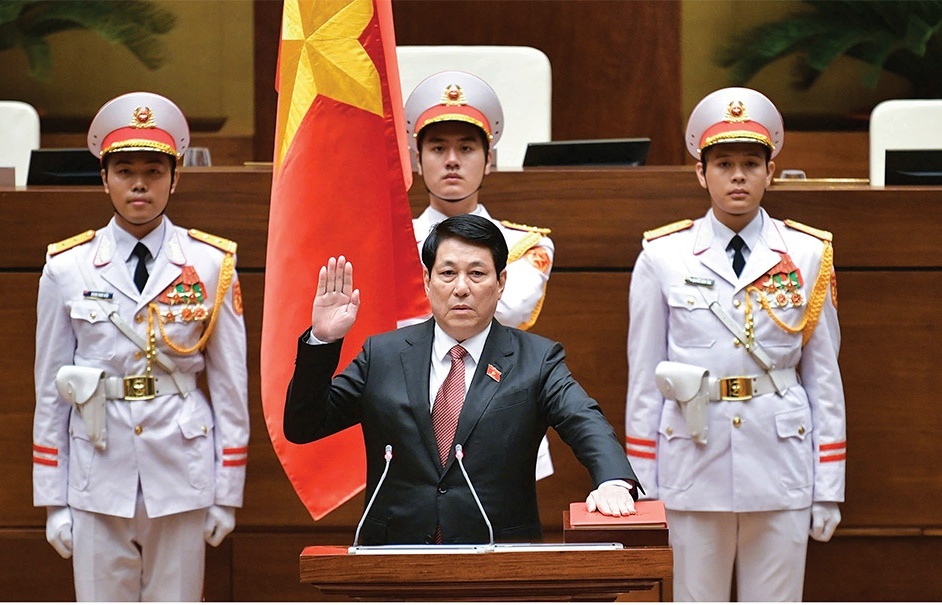
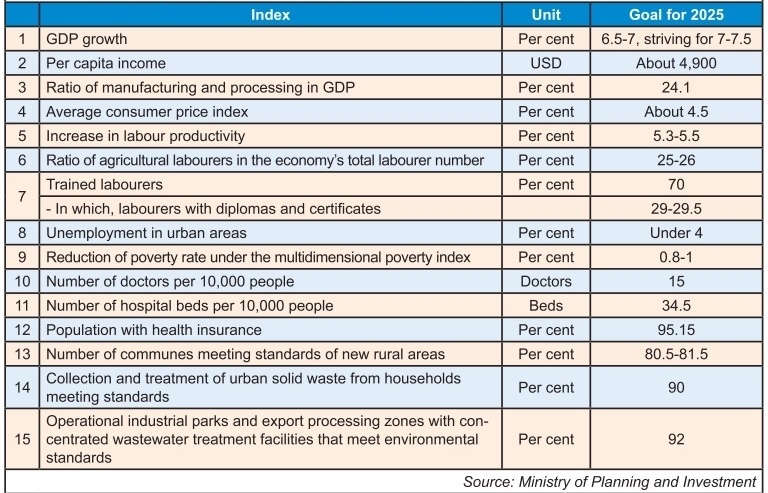

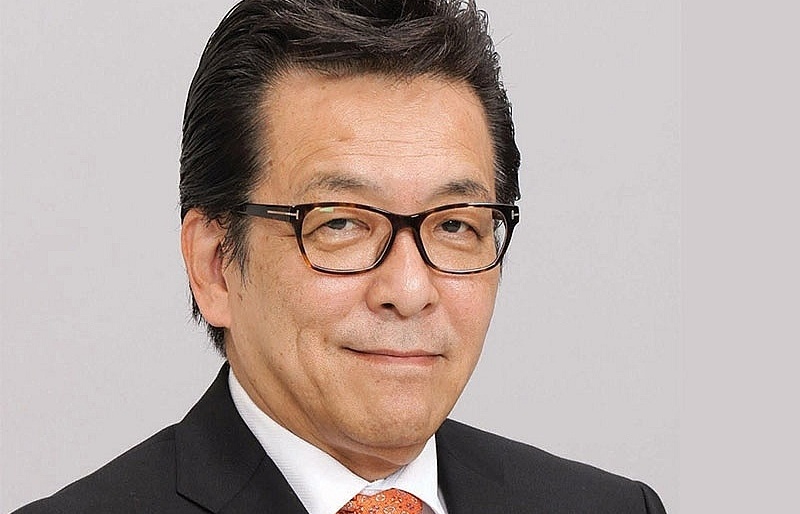

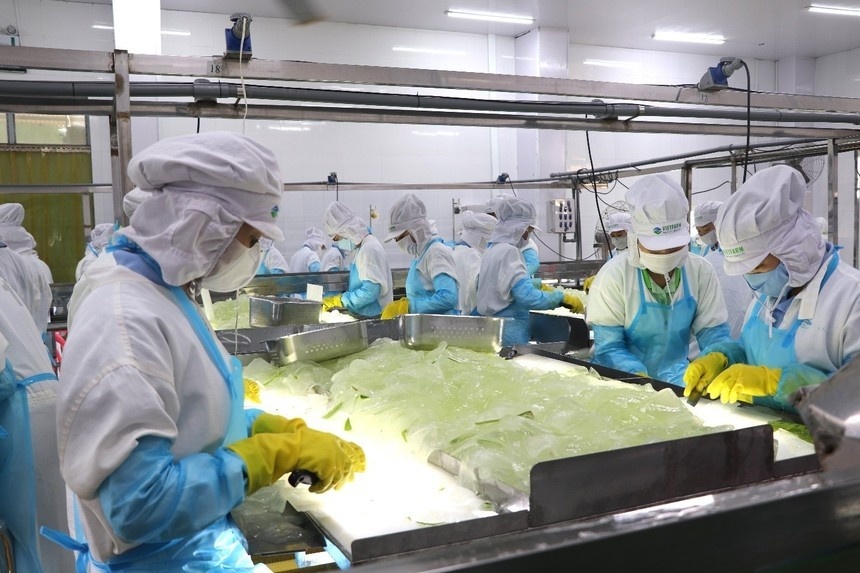
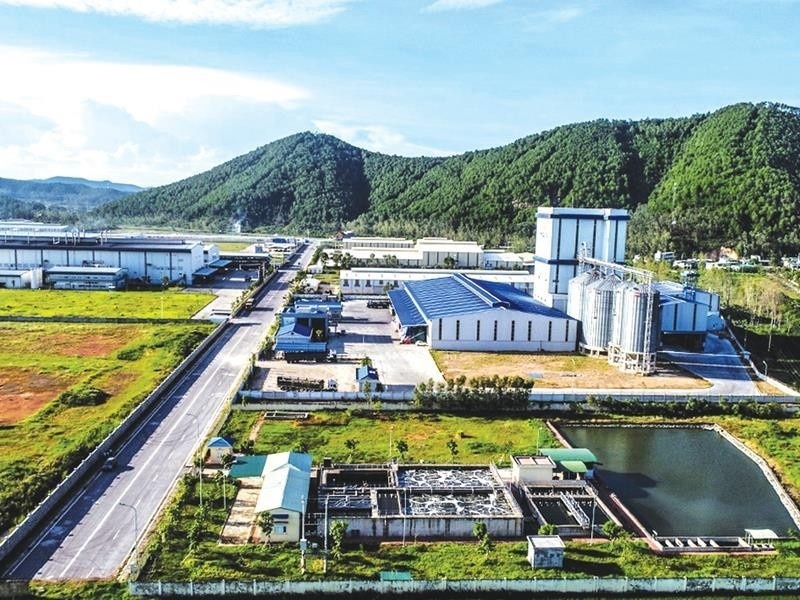
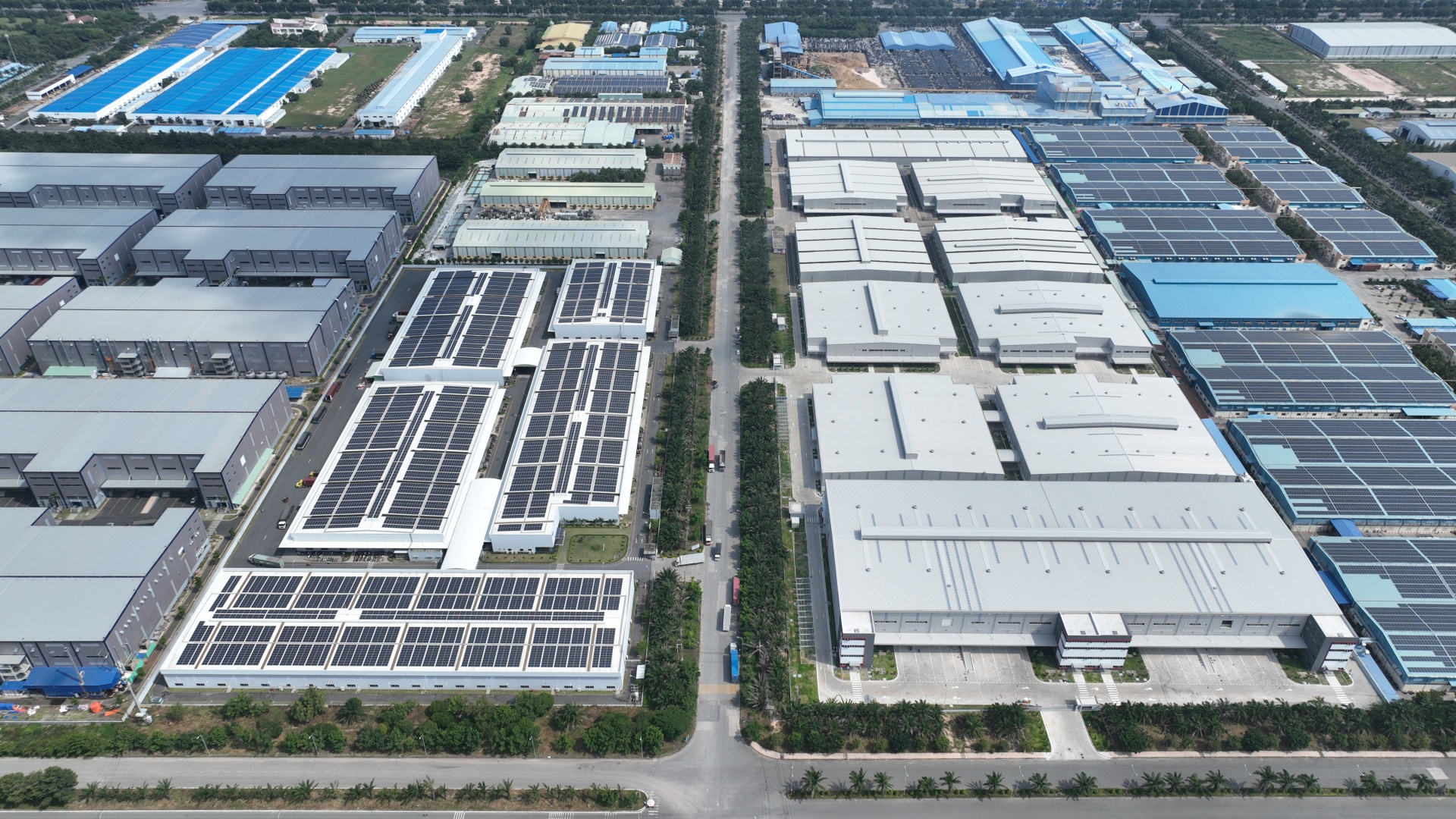









 Mobile Version
Mobile Version